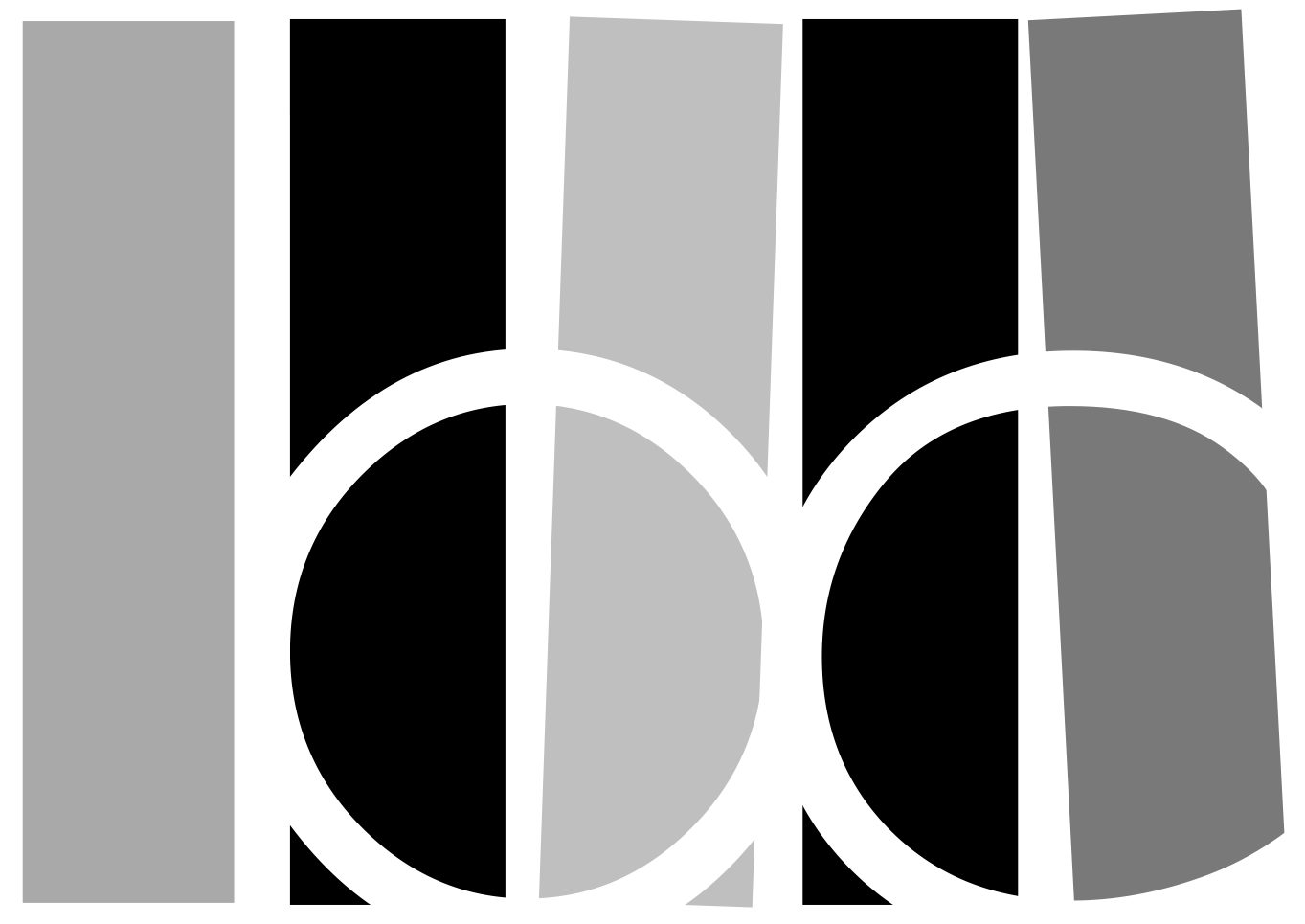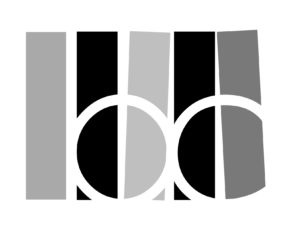This is our first e-catalogue. Well, that’s not exactly true. We’ve issued a number of PDF-only catalogues, and dozens of short electronic lists beginning in 2011. But this is the first electronic catalogue issued in lieu of one of our usual print catalogues. And further, this is our first (what I would term) native electronic catalogue, by which I mean one that was conceived and built to take advantage of the form. PDFs are essentially print surrogates, email-distributed lists little more. But in this format, a catalogue can be variously searchable, sortable, browsable, and comprehensively visual in ways that a print typically cannot. And in assembling this catalogue, I’ve realized these features might be enormously helpful in assisting buyers hone in on exactly what might interest them — and in ways that are perhaps superior to print versions. Therefore unlike previous virtual installments, this catalogue maintains our usual numbering. Catalogue 14 was issued in the fall of last year; this is Catalogue 15, containing all the material originally intended to be included in our usual spring print installment.
Why did we forego our usual traditional print catalogue? It’s not because we have lost faith in them in our digital world. Physical rare book catalogues still strike me as not only vital — a small rebellion against the ubiquity of the virtual and the dominance of online marketplaces — but necessary. This is not only a practical stance (print catalogues remain my most effective sales tool), but a philosophical one as well. We who sell the book as object should, I think, create objects that sell our books — for provenance, for the history of the book, for the simple satisfaction of a well-made catalogue itself.
But on the occasion of the 2019 RBMS conference theme of climate change, it seemed a good moment to pause and consider the ways my own business contributes to the problem. Like other dealers, I travel, run much of my business on online servers, ship materials all over the world, take advantage of air conditioning and other climate controls. And – in my case – issue print catalogues, catalogues that use a variety of resources that can negatively impact our planet: from the paper and inks of their construction, to the energy used to print them, to the fuel needed to mail them around the world.
And while there is some debate on which form of reading comes out on top in terms of least impact on the environment – e-book or traditional (though print books appear to come out on top) – it is undeniably true that some portion — undoubtedly more than I would care to admit — of the catalogues I send out are thrown out, ignored, neglected, or merely skimmed. I can’t help but think of John Wanamaker’s famous quote: “Half the money I spend on advertising is wasted; the trouble is I don’t know which half.” If nothing else, this experiment improves on that unfortunate reality.
We’ll return to our normal publishing schedule with our fall print catalogue. In the meantime, take a look around. And thanks as always for your interest.

















